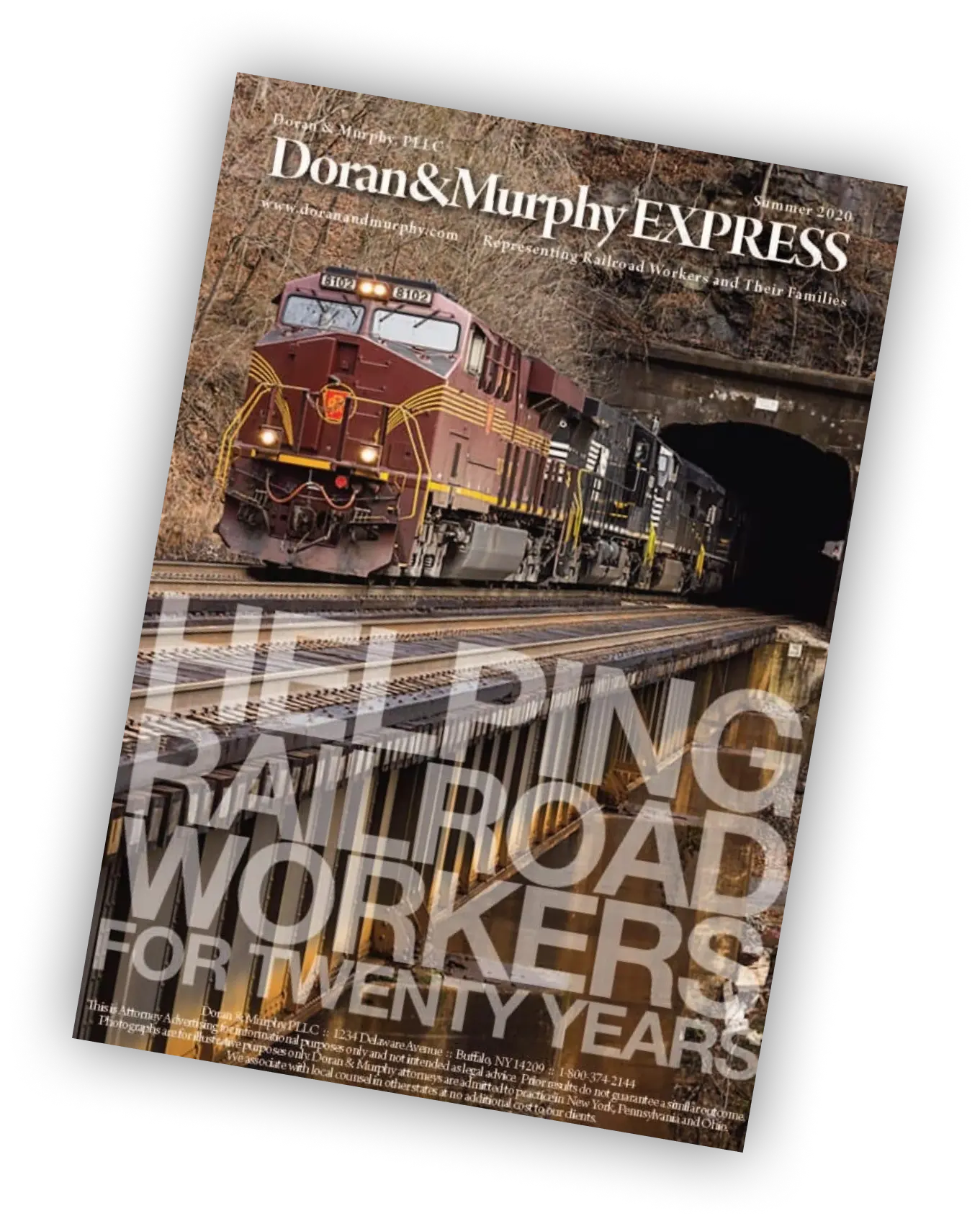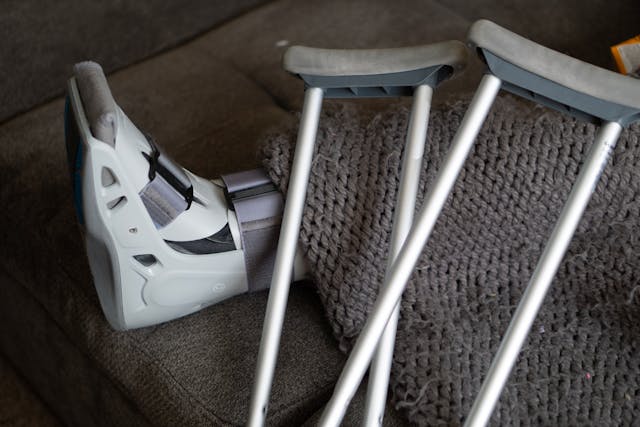
The Federal Employers Liability Act (FELA) allows an injured worker to bring a claim if the railroad’s negligence played any part in causing an injury. This is true even if the worker was also negligent.
Contributory vs. Comparative Negligence
Under the doctrine of contributory negligence, a defendant can escape liability for all of its own negligence if the plaintiff was also negligent in a way that contributed to the injury. This is a very severe doctrine that requires a plaintiff be completely free of negligence in order to recover damages. Over time, many exceptions have been implemented to avoid the unjust result where a plaintiff might recover nothing for an injury if they were 1% at fault. These include the “last clear chance” rule, where a plaintiff can still recover if the defendant had the last clear chance to avoid the incident.
Comparative negligence is a doctrine that allows a plaintiff to recover for the percentage of their injury that is due to the defendant’s negligence. Under this doctrine, a jury would award damages to the injured person based on the percentage of the total damages. The jury compares the faults of the two parties and grants damages only for the percentage caused by the defendant.
Some states follow the contributory negligence doctrine, others follow the comparative negligence rules, and still others have made a blend of the two as the rule of their state. The FELA, a federal law, applies to railroad workers regardless of what their state has decided, because it is uniform throughout the country.
Worker Negligence and Recovery Under FELA
Section 53 of the FELA states:
. . . the fact that the employee may have been guilty of contributory negligence shall not bar a recovery, but the damages shall be diminished by the jury in proportion to the amount of negligence attributable to such employee . . .
Given the stated purpose of the FELA to be a remedial statute to compensate workers, congress was clear that a common law defense of contributory negligence will not prevent a worker from recovering, regardless of where the injury occurs. Instead, a worker who may have been negligent will be able to recover the percentage of damages allocated to the railroad’s negligence. This is true even if the railroad is only 1% negligent.
Examples of Worker Negligence
Railroad will often try to “blame the worker” to reduce their own liability. However, a worker does not need to be completely without negligence to recover. As long as the worker’s negligence is not the only “sole” cause of the injury, the worker should be able to recover a portion of the damages suffered.
The railroad has often tried to point the finger at workers for things such as: improperly running a machine (where the worker wasn’t properly trained in the first place); trying to take a “shortcut” (when the worker was rushed to complete a job by management); or failing to look where they were walking when they tripped and fell (where there was inadequate lighting in the railyard and debris throughout the ballast).
When Worker Negligence Doesn’t Impact Recovery
While the general rule in a FELA case is that the rule of comparative fault applies, the statute specifically prohibits any deduction in cases where the railroad violates certain safety rules:
. . . Provided, That no such employee who may be injured or killed shall be held to have been guilty of contributory negligence in any case where the violation by such common carrier of any statute enacted for the safety of employees contributed to the injury or death of such employee.
45 USC §53. Violations of a safety statute (including the LIA and the SAA) can result in full damages being awarded to the employee, even when that employee was also negligent.
An experienced FELA attorney can assist in pinpointing the railroad’s negligence and countering arguments that the railroad may raise about the employee’s liability, as well as determining if any specific safety regulations have been violated. Contact us today for a free consultation.





